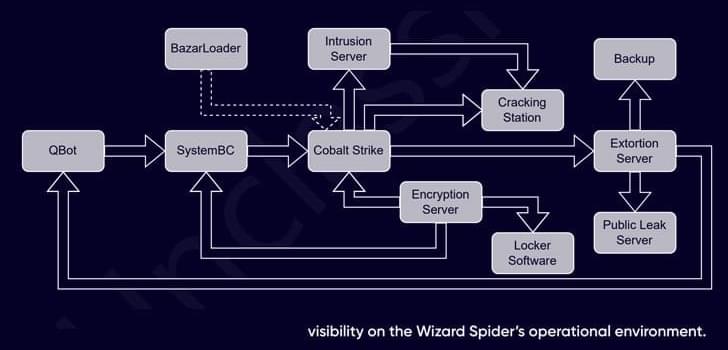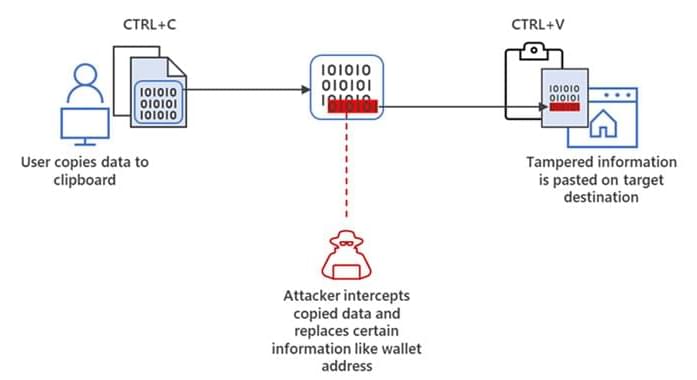
Verizon has suffered a data breach. A hacker recently accessed the company’s employee database and stole personally identifiable information about hundreds of its employees. The stolen information includes the full name, phone number, email address, and corporate ID numbers.
According to a Motherboard report, the hacker got access to the Verizon database by tricking an employee to grant them remote access to their corporate computer. They posed as internal support and convinced the victim through social engineering. Once the hacker had access to the database, they launched a script to copy the information.
“These employees are idiots,” the hacker told Motherboard in an online chat. They shared the stolen data, perhaps part of it, with the publication. The report suggests the information is accurate but unclear how up to date. The publication called some of the phone numbers and four people confirmed their full names and email addresses. They also confirmed that they work at Verizon.


















